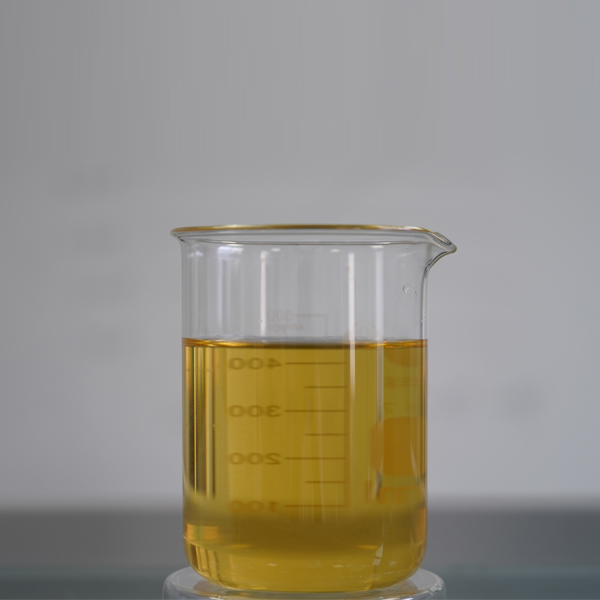
News
Des . 25, 2024 12:04 Back to list
Essential Micronutrients for Optimal Plant Growth and Development in Agricultural Practices
The Importance of Micronutrients for Plant Growth
Micronutrients are essential elements required by plants in minute quantities, crucial for their growth, development, and overall health. Among these, zinc, iron, manganese, boron, copper, molybdenum, and chlorine stand out as primary micronutrients. While macronutrients like nitrogen, phosphorus, and potassium often receive more attention, the role of micronutrients should not be underestimated, as they are vital for various biochemical processes within the plant.
Roles of Micronutrients
1. Zinc (Zn) Zinc plays a critical role in numerous enzyme activities and protein synthesis. It is a component of several enzymes that activate plants' metabolism and support the development of chlorophyll, which is vital for photosynthesis. A zinc deficiency can lead to stunted growth, leaf chlorosis, and delayed maturity.
2. Iron (Fe) Iron is essential for chlorophyll formation and is a key player in the electron transport chain during photosynthesis. It also aids in various biochemical processes, including respiration and nitrogen metabolism. Iron deficiency is often manifested as interveinal chlorosis, particularly in young leaves.
3. Manganese (Mn) This micronutrient contributes to chlorophyll production and helps in the synthesis of certain enzymes involved in photosynthesis. Manganese plays a significant role in metabolism and has antioxidant properties that allow plants to cope with oxidative stress.
4. Boron (B) Boron is crucial for cell wall formation and is involved in the movement of sugars and the synthesis of nucleic acids. It helps regulate the flow of nutrients and plays an important role in plant reproductive processes, affecting flowering, seed development, and pollination.
5. Copper (Cu) Copper is essential for photosynthesis, as it is a component of enzymes that catalyze the production of energy. It also plays a role in enzyme systems involved in lignin synthesis, which strengthens plant cell walls. Copper deficiencies can lead to wilting symptoms and impaired growth.
oem 3 micronutrients for plants

6. Molybdenum (Mo) This micronutrient is vital for nitrogen fixation and the conversion of nitrates into ammonia, a process critical for the synthesis of amino acids, proteins, and nucleic acids. Without sufficient molybdenum, plants can exhibit stunted growth and leaf yellowing.
Sources and Application of Micronutrients
Micronutrients can be found in soil, but their availability largely depends on soil pH, organic matter content, and the presence of other competing elements. Certain fertilizers and soil amendments are formulated to provide a balanced supply of micronutrients to plants. Chelated micronutrient fertilizers are particularly effective, as they enhance the solubility and availability of these essential nutrients.
Regular soil testing is recommended to determine the micronutrient status of the soil, guiding appropriate fertilization practices. Foliar applications of micronutrients can also be an effective method, especially in cases of suspected deficiencies, allowing for immediate absorption and rapid corrective action.
The Consequences of Micronutrient Deficiencies
Deficiencies in micronutrients can lead to a variety of symptoms affecting plant physiology and growth patterns. These deficiencies may manifest in stunted growth, leaf yellowing, poor fruit development, and increased susceptibility to diseases and pests. In agricultural systems, the repercussions extend to reduced crop yields and lower quality produce, ultimately impacting food supply and economic stability.
Conclusion
In conclusion, the significance of micronutrients in plant growth cannot be overlooked. These essential elements, though required in small amounts, facilitate critical functions that promote healthy plant development and productivity. By understanding their roles, sources, and the potential impact of deficiencies, farmers and gardeners alike can implement effective nutrient management strategies to ensure robust plant health and optimal yields. A holistic approach to plant nutrition that includes both macro and micronutrients is essential for sustainable agriculture and horticulture.
-
OEM Chelating Agent Preservative Supplier & Manufacturer High-Quality Customized Solutions
NewsJul.08,2025
-
OEM Potassium Chelating Agent Manufacturer - Custom Potassium Oxalate & Citrate Solutions
NewsJul.08,2025
-
OEM Pentasodium DTPA Chelating Agent Supplier & Manufacturer High Purity & Cost-Effective Solutions
NewsJul.08,2025
-
High-Efficiency Chelated Trace Elements Fertilizer Bulk Supplier & Manufacturer Quotes
NewsJul.07,2025
-
High Quality K Formation for a Chelating Agent – Reliable Manufacturer & Supplier
NewsJul.07,2025
-
Best Chelated Iron Supplement for Plants Reliable Chelated Iron Fertilizer Supplier & Price
NewsJul.06,2025
